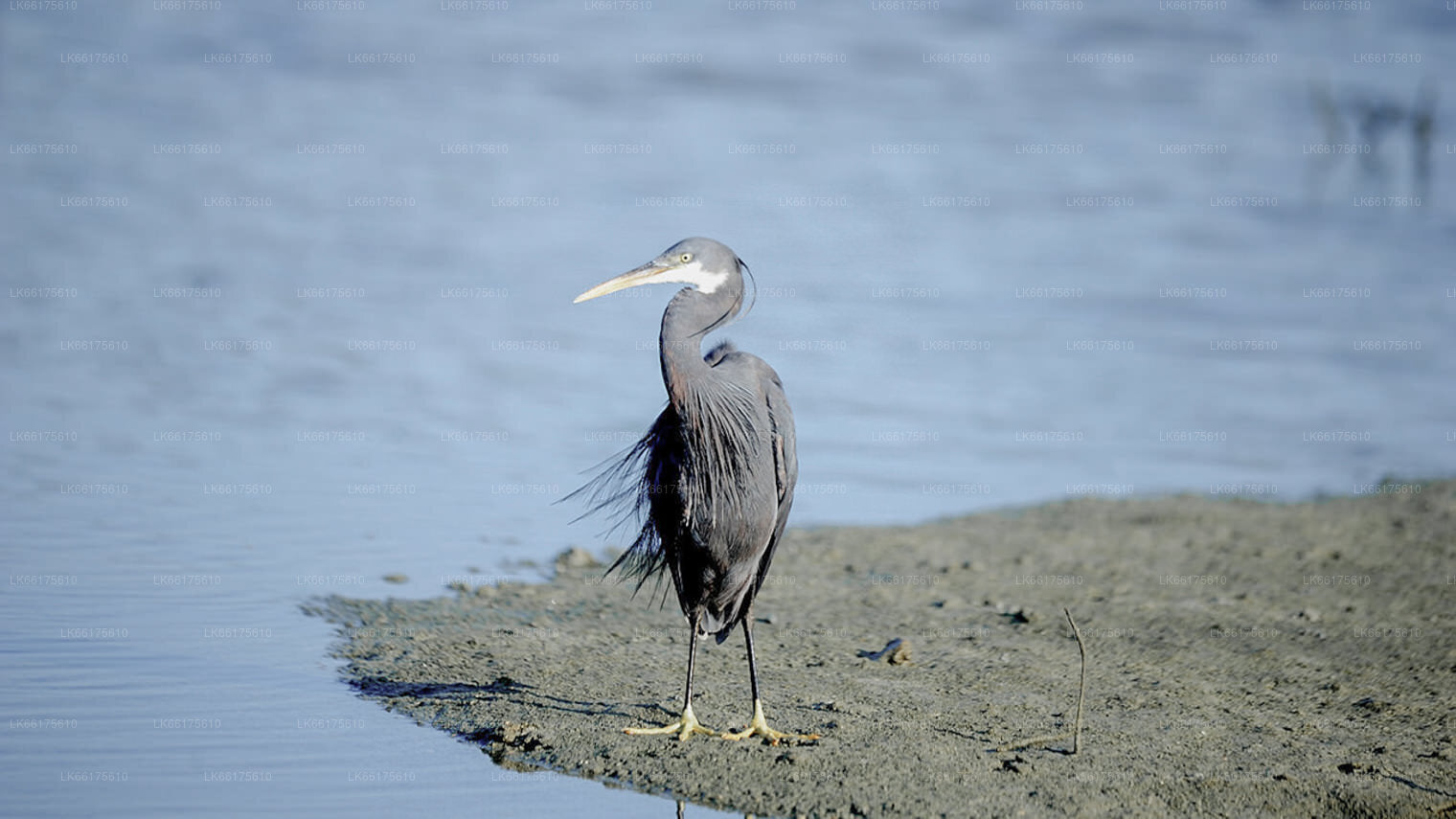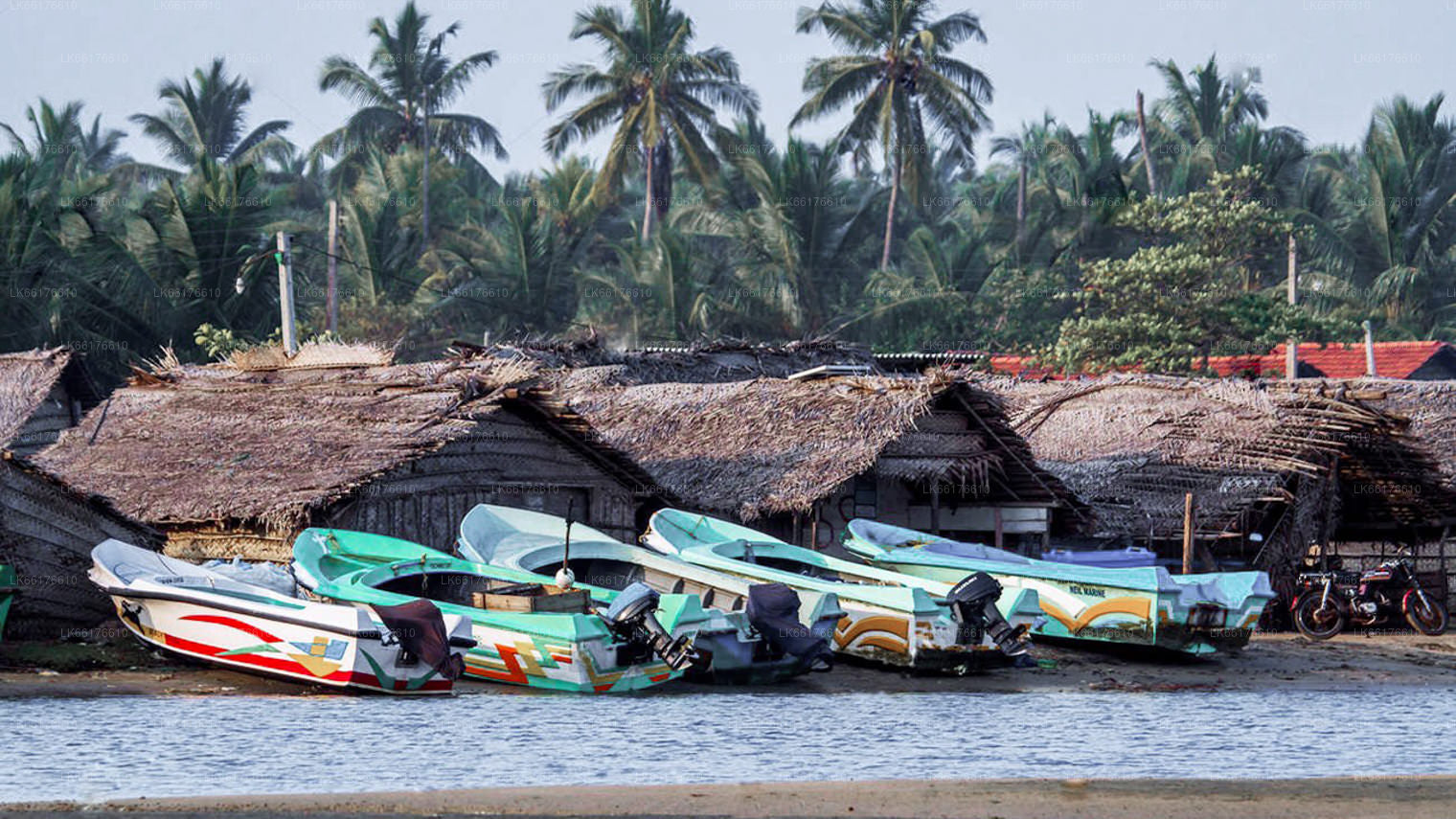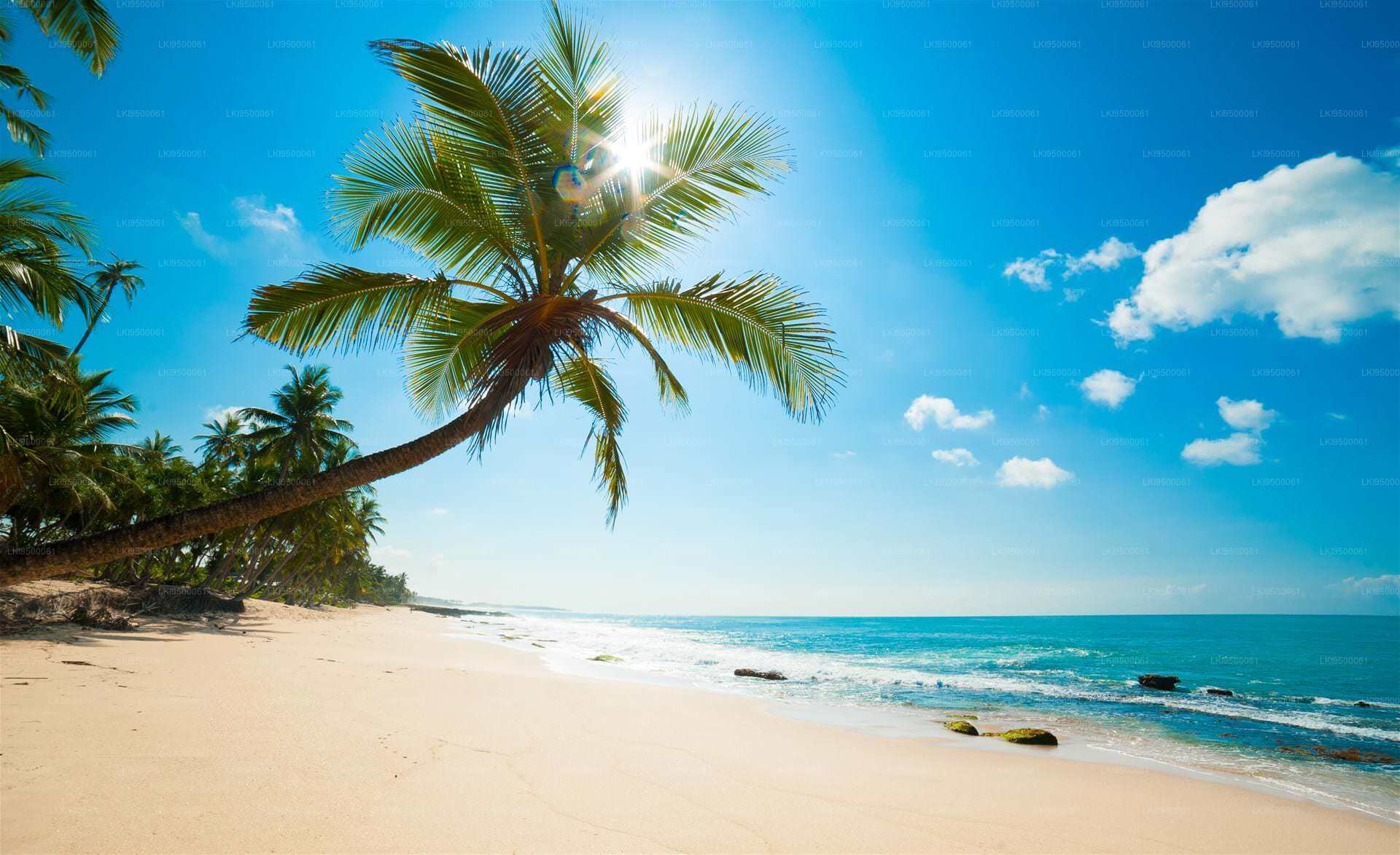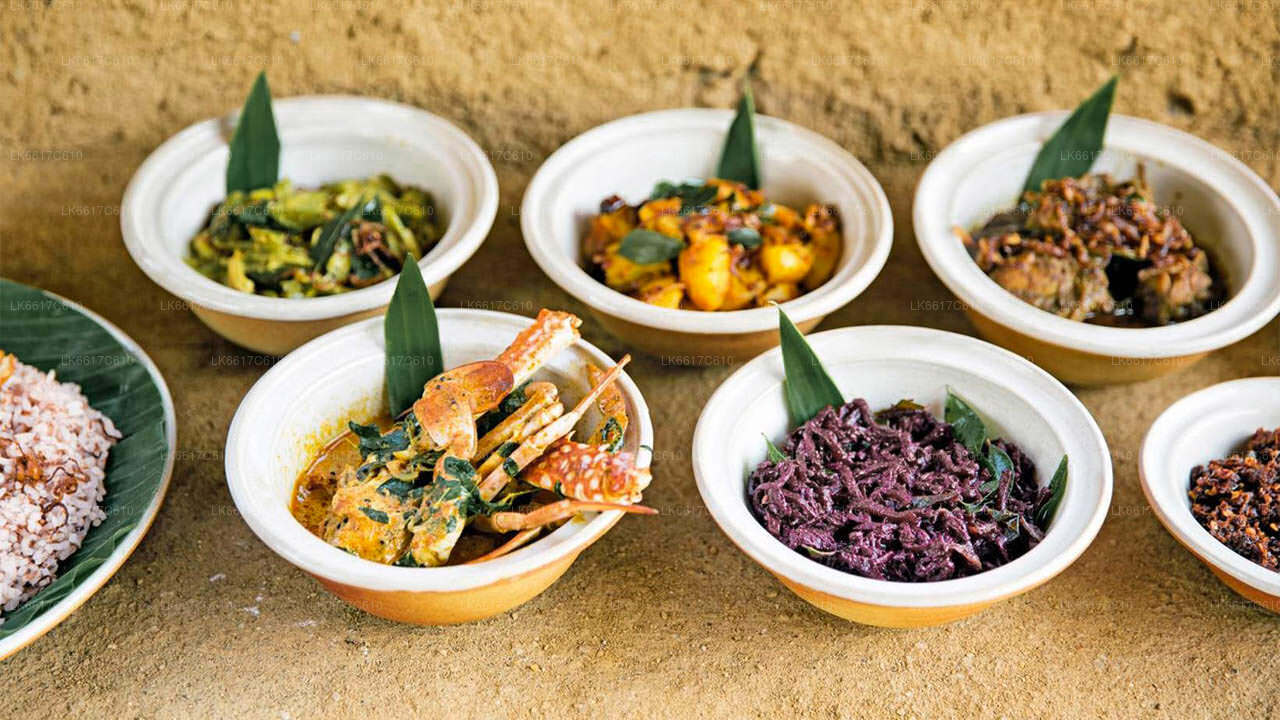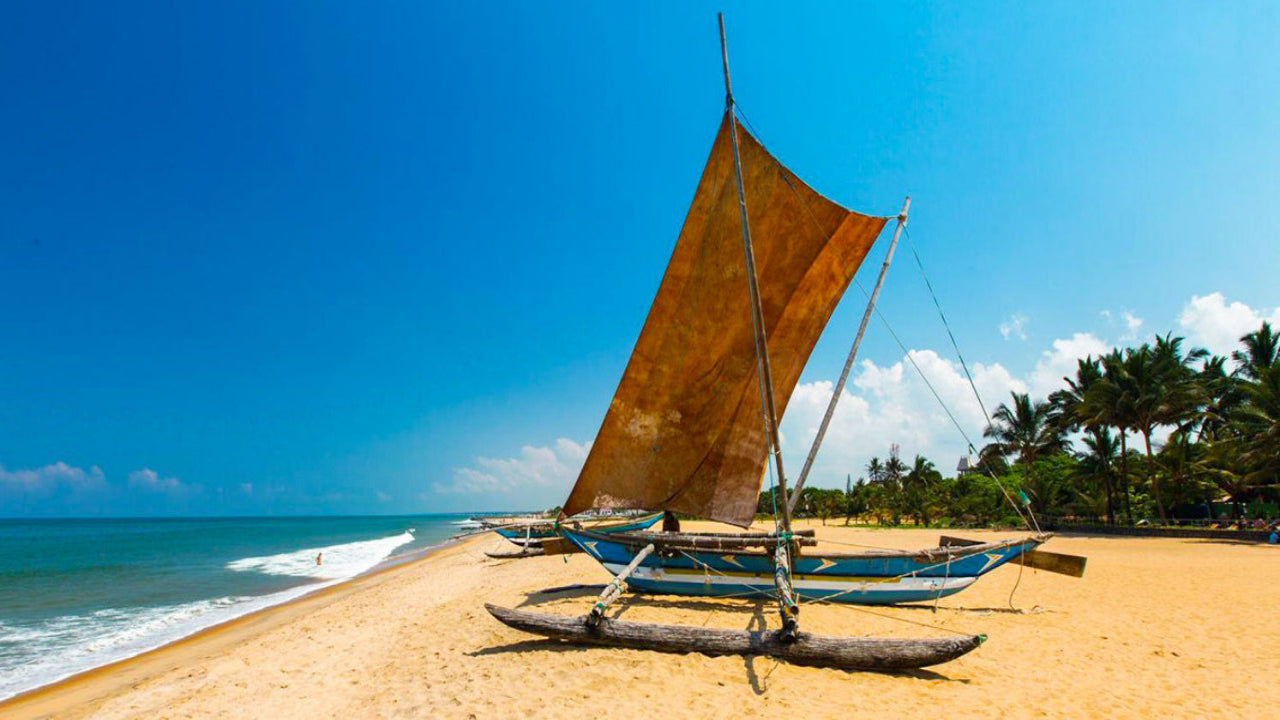
Città di Negombo
Negombo, città costiera dello Sri Lanka, offre un vivace mix di patrimonio culturale e fascino balneare. Nota per le spiagge incontaminate, il Canale Olandese e i vivaci mercati del pesce, offre escursioni entusiasmanti e templi sereni. Immergetevi nel fascino del ricco patrimonio di Negombo a ogni visita.
Negombo Fish Market
The Negombo Fish Market, locally known as “Lellama,” is one of the most vibrant and iconic coastal markets in Sri Lanka. Located near the Negombo Lagoon in the Western Province, this market is the beating heart of the city’s fishing industry. Every morning, fishermen bring in their fresh catches from the Indian Ocean, filling the market with colorful scenes and lively energy. The Negombo Fish Market reflects the authentic culture of the fishing community and showcases the deep connection between Sri Lankans and the sea that sustains them.
The market’s biodiversity is remarkable, offering a wide range of seafood including tuna, crabs, prawns, lobsters, squid, and a variety of reef fish. The lively environment captures the essence of coastal Sri Lanka, where nature and livelihood coexist in harmony. Surrounded by coconut palms and lagoon waters, the market embodies both the natural richness and cultural diversity of the Western coast. It is a paradise for photographers and travelers interested in marine life and local traditions.
Visitors to the Negombo Fish Market can experience the daily rhythm of fishermen unloading their boats, auctioneers shouting bids, and locals bargaining for the freshest seafood. Guided tours offer deeper insight into traditional fishing techniques and market operations. Travelers can also visit nearby attractions such as Negombo Beach, the Dutch Fort, and the Hamilton Canal. The experience offers a vivid glimpse into Sri Lanka's coastal lifestyle, combining culture, history, and culinary discovery.
The best time to visit the Negombo Fish Market is early in the morning, between 6:00 and 9:00 a.m., when trading is at its peak. The market is easily accessible from Colombo, located within the Colombo District, making it a perfect half-day excursion for tourists. Negombo's tropical climate makes it suitable for visits year-round, though December to April offers the best weather. With its bustling activity, cultural energy, and authentic charm, the Negombo Fish Market remains one of the must-see attractions on Sri Lanka's Western coast.
Distretto di Gampaha
Gampaha è una città urbana dello Sri Lanka ed è il capoluogo del distretto di Gampaha, nella provincia occidentale, a nord di Colombo. Il distretto di Gampaha è separato da Colombo principalmente dal fiume Kelani. La città di Gampaha si trova a circa 4 km da Miriswatta, sulla strada Colombo-Kandy. Gampaha è circondata dalle città di Yakkala, Miriswatta, Weliweriya, Udugampola e Ja-Ela.
Il nome "Gampaha" in singalese significa letteralmente "Cinque Villaggi". I cinque villaggi sono noti come Ihalagama, Pahalagama, Medagama, Pattiyagama e Aluthgama.
Provincia occidentale
La Provincia occidentale è la provincia più densamente popolata dello Sri Lanka. Ospita la capitale legislativa Sri Jayawardenapura e Colombo, il centro amministrativo e commerciale della nazione. La Provincia Occidentale è divisa in 3 distretti principali: Colombo (642 km²), Gampaha (1.386,6 km²) e Kalutara (1.606 km²). Essendo il fulcro economico dello Sri Lanka, tutte le principali aziende locali e internazionali hanno la loro sede in città, così come tutti i principali stilisti e negozi al dettaglio, quindi preparatevi a concedervi un po' di shopping nella Provincia Occidentale.
Con la popolazione più alta di tutte le province, quasi tutti i principali istituti scolastici dell'isola si trovano nella Provincia Occidentale. Le università della provincia includono l'Università di Colombo, l'Università di Sri Jayewardenepura, l'Università di Kelaniya, l'Università Aperta dello Sri Lanka, l'Università Buddista e Pali dello Sri Lanka, l'Università della Difesa Generale Sir John Kotelawala e l'Università di Moratuwa. La Provincia Occidentale ospita il maggior numero di scuole del paese, tra cui scuole nazionali, provinciali, private e internazionali.










